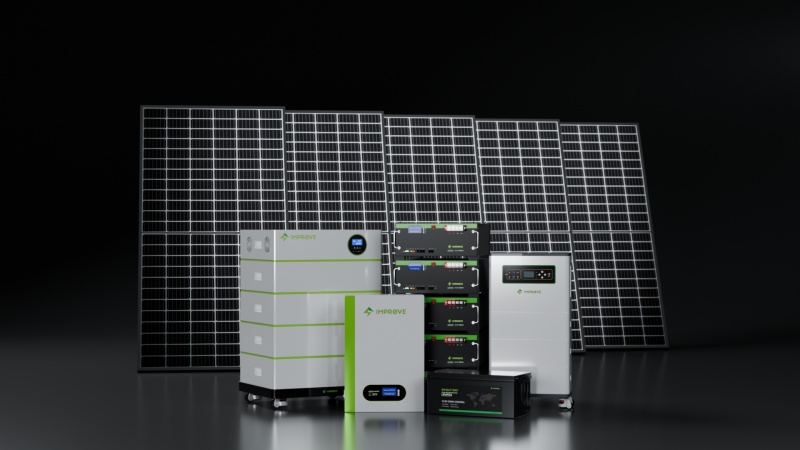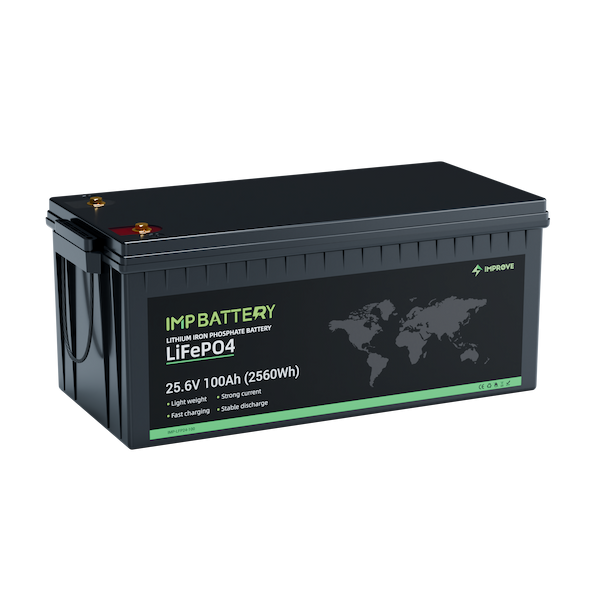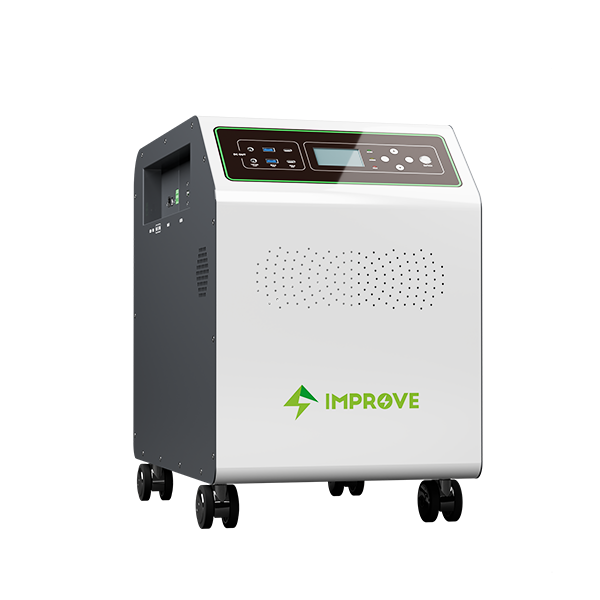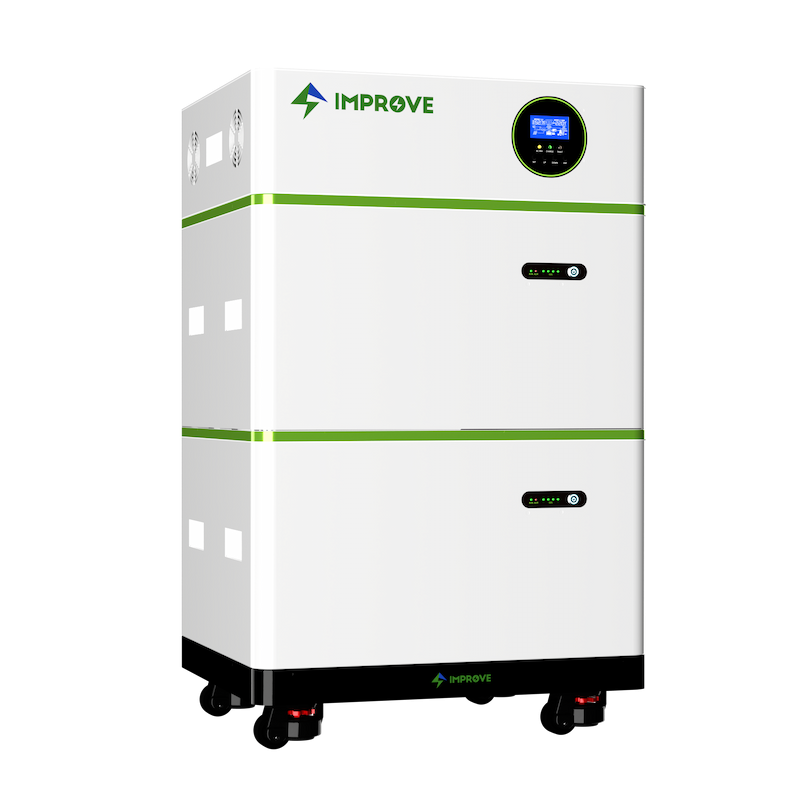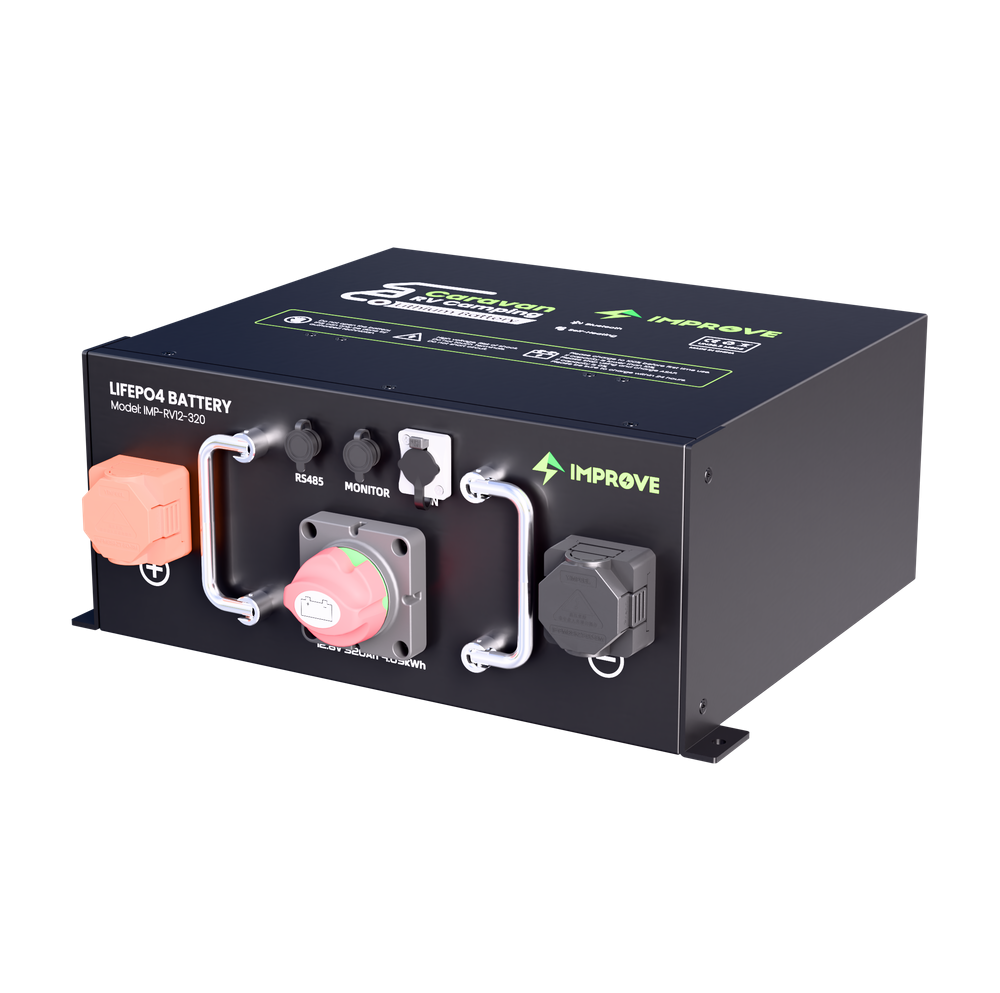When it comes to green energy sources, solar power is a popular and important alternative. Solar panels can be used to generate clean energy during the day, and this energy can then be stored in LiFePO4 batteries for later use. The connection between them is powered by a charge controller, which optimizes the charging and discharging of the battery to minimize energy loss during the conversion. Here, we explore how LiFePO4 batteries work with solar panels and why they make an ideal choice for home or commercial installations.
The most important element that connects solar panels to a LiFePO4 battery is a charge controller. A charge controller monitors the battery’s current and voltage, optimizing its charging process while also protecting it from damage caused by overcharging or discharging. With higher efficiency rates than other types of battery chemistries, LiFePO4 batteries avoid any excess loss during the conversion from one form of energy to another — something that simply isn’t possible with traditional batteries.
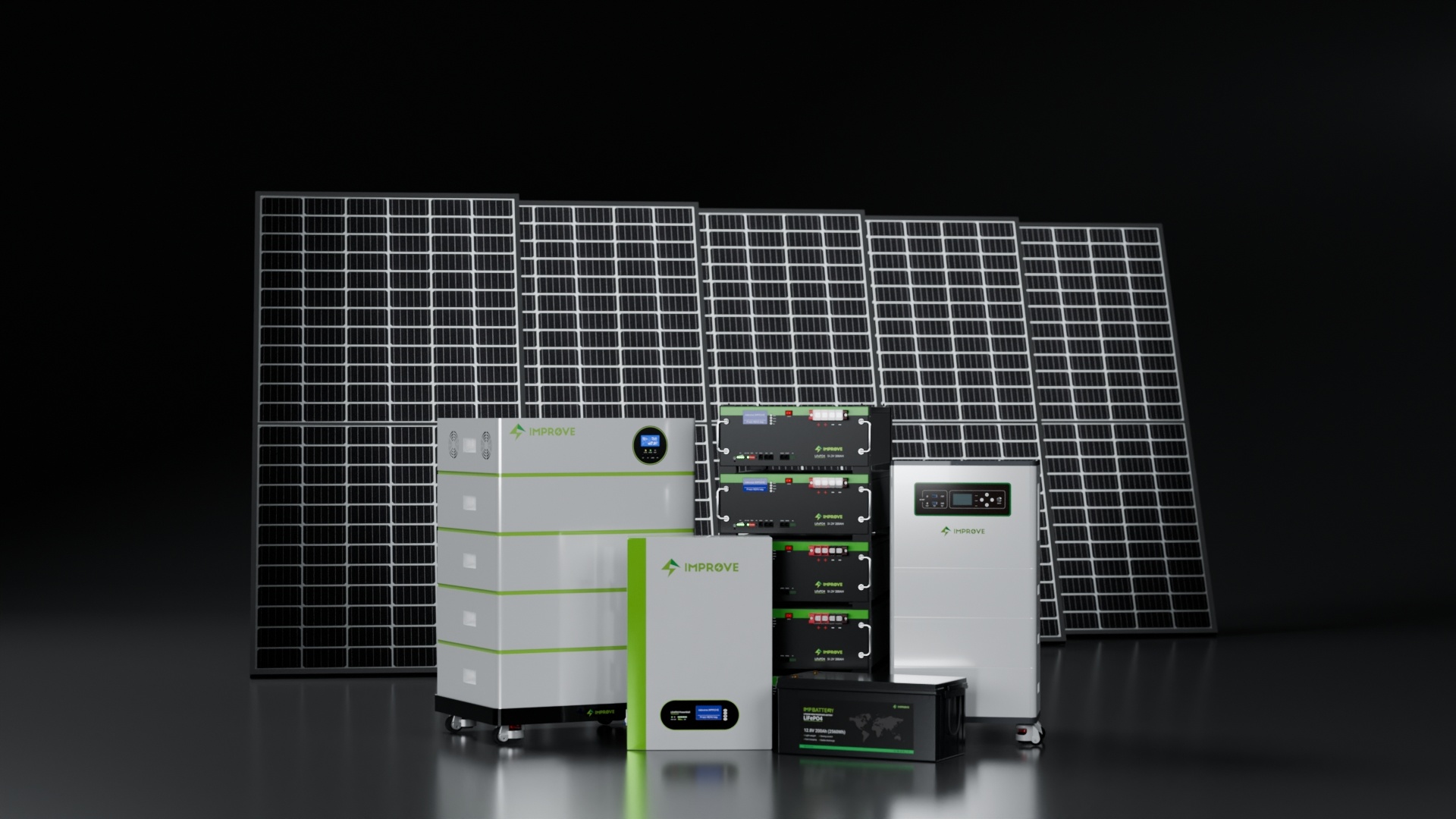
But what makes LiFePO4 batteries even more attractive as an alternative is their size-to-capacity ratio; these batteries have a greater capacity than other types in much smaller packages. Their longevity is remarkable too, lasting up to 10 times longer than more traditional chemistries (such as lead acid). All of this makes them an ideal option for residential or commercial solar panel systems.
In conclusion, when considering how best to maximize performance and efficiency with solar panels, LiFePO4 batteries are a clear choice. Connected via a charge controller, these efficient cells offer long life and plenty of capacity without taking up too much space – making them perfect for home or commercial installations.


